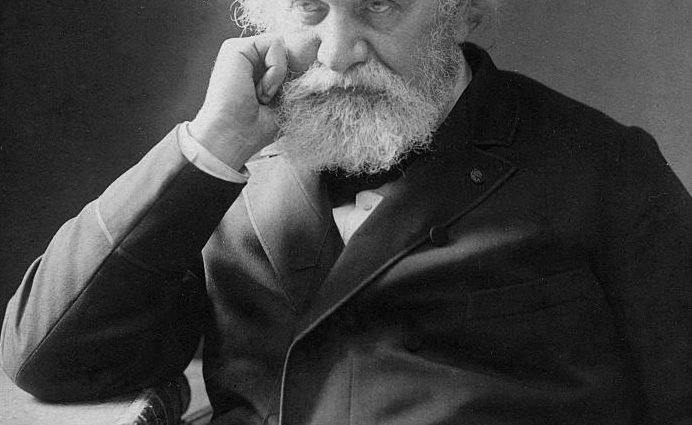Pierre Jules César Janssen (1824-1907) also known as Jules Janssen, was a French astronomer who, along with English scientist Joseph Norman Lockyer, is credited with discovering the gaseous nature of the solar chromosphere, and with some justification, the element helium.
The Nilgiris has been a coveted site for observing total solar eclipse from the 19th century when famous astronomers travelled all the way to the hills carrying loads of huge instruments to document the phenomenon from a vantage location.
Pierre Jules Cesar Janssen, the French astronomer travelled to the Nilgiris in December 1871 from Tellechery to observe the total solar eclipse which was due at 7-30 am on December 12.
Nilgiris was chosen as the site because of the ‘purity of the sky’ in December-January.
Climbing up the north-western slopes, Janssen observed ,‘climbing these mountains produces beautiful types of scenery…the nature of landscape is continuously changing’.
Janssen chose a spot above the Kota hamlet of Sholur. The instruments were carried by bearers in boxes hanging from ropes tied to bamboos to reduce the danger of damage from vibration.
Janssen got up at 4am on the eclipse day and noted, ‘the clouds quickly disappeared, the day star rose, and when the first contact occurred it was brilliant’.
In the same year another astronomer, Englishman James Francis Tennant studied the eclipse from a site at Doddabetta, which was the site of the old meteorological observatory. This team Janssen noted, ‘luckily these gentlemen had a break in the clouds at the end of the phenomenon.
One of the members of the Tennant’s team was Captain John Herschel, the grandson of the famous astronomer Sir William Herschel, the discoverer of Uranus. Sir William is buried in St. Laurence’s Church, Slough, London where the founder of modern Nilgiris, John Sullivan, is also buried. The legacy of these famous astronomers was partly responsible for setting up the Radio Astronomy Centre near Ooty by the Tata Institute of Fundamental Research.
Nilgiri Documentation Centre

